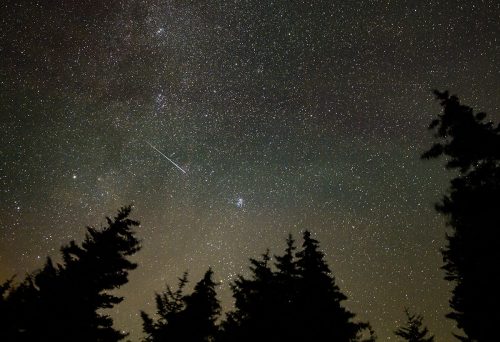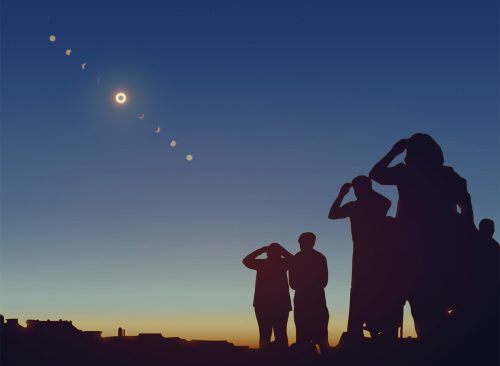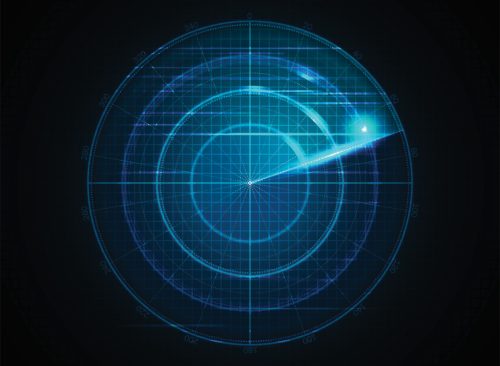
On Wednesday, a House Oversight subcommittee convened Wednesday’s hearing on UFOs. Those who demanded the hearing want the government to be more transparent about the information they have access to. “If UAP are foreign drones, it is an urgent national security problem. If it is something else, it is an issue for science. In either case, unidentified objects are a concern for flight safety,” said Ryan Graves, a former Navy pilot who now runs Americans for Safe Aerospace, a group he founded to encourage pilots to report incidents of UAPs. So, how do you spot a UFO and actually have a good idea of whether it is genuine? Here are 7 tips.

NASA’s Night Sky Network explains that you should first rule out planets. “Venus is one of the most confused objects in the sky, especially when it is low to the horizon,” they say. Sirius and Jupiter are also often reported as UFOs, as well as Mercury. How can you tell if it is a UFO or bright planet? “When bright planets are in alignment near the horizon they can appear to be a formation of ‘strange lights’!” they note.

They also explain that rocket launches, comets, military jets, weather balloons, sounding rockets, satellites, meteors and fireballs, experimental craft (if you are lucky) and odd clouds (such as lenticular clouds) and be confused as UFOS, “as well as artifacts from photographs that are actually lens flare or aberration,” they say.

They also suggest taking lots of notes and doing your research. “Contact your local astronomy club and have the following information handy to help the more experienced observers identify the object,” they suggest.
- Date and time of day.
- How long did you observe this object? How long did it take to travel along its path?
- Any apparent drift of the object? If so, what direction? What speed did it travel? (eg, 10 min to go from straight up to 30 degrees from vertical)?
- How did the brightness compare to the brightest stars (if in twilight)? Did its brightness vary?
- Where were you when you saw this object?

If there are other people who saw the same thing as you, it is more likely that you will have a credible claim. Search groups online and see if there are people unrelated to you that believe they saw the same thing.

Physical evidence, including crop circles, scorched areas on the ground, or unusual radiation readings, can make a UFO sighting more credible. If there is any, make sure to document it by taking photos or calling local authorities.

If you think you saw a UFO, try contacting local aviation experts or military to see if anyone saw the same thing. Because these people are experts, they may offer credibility to your claim.

Radar data backing up a potential UFO sighting can offer more detail about the event, including the object’s speed, trajectory, and other characteristics.














